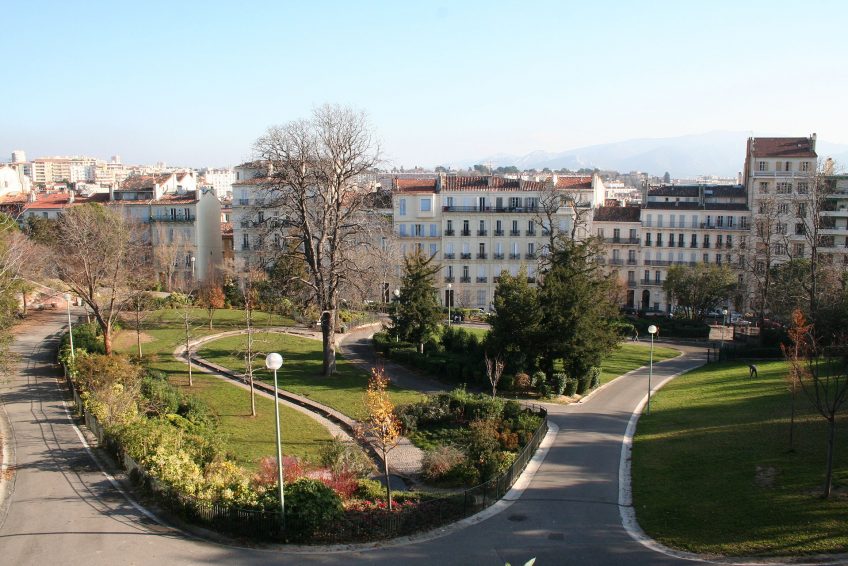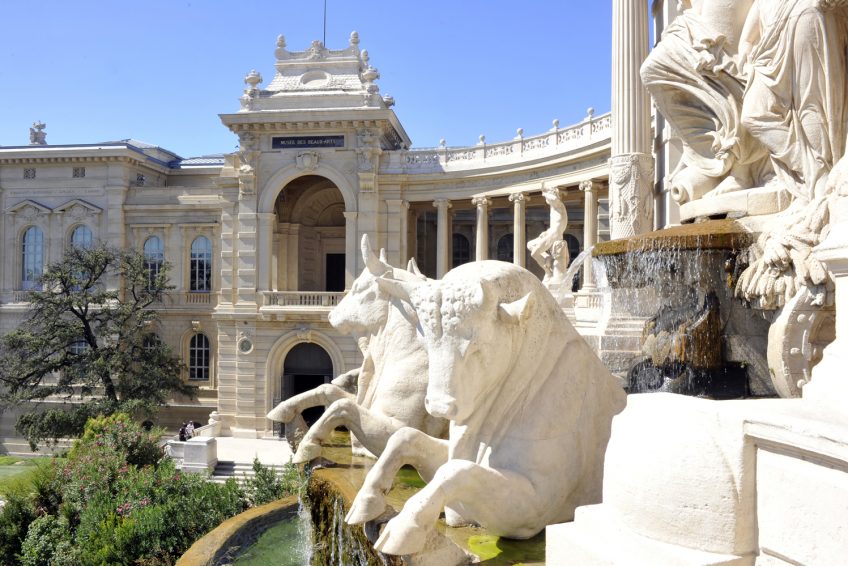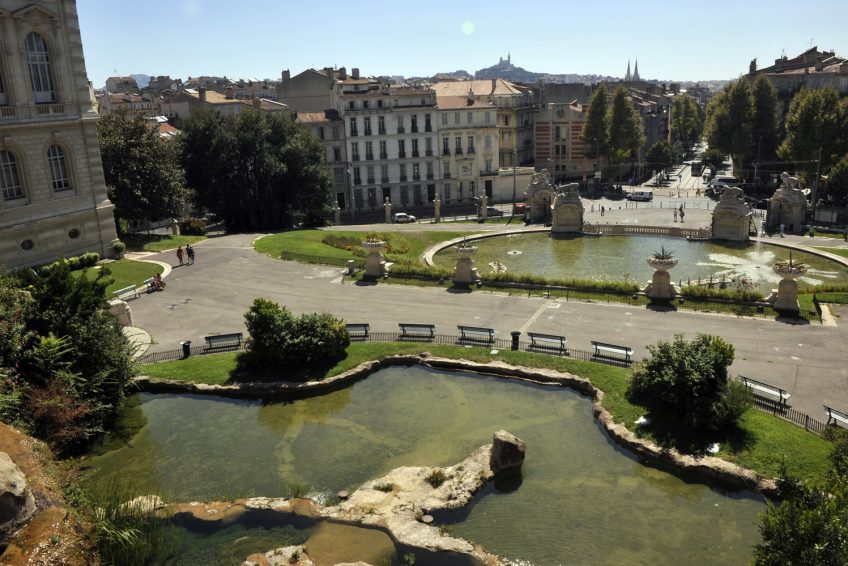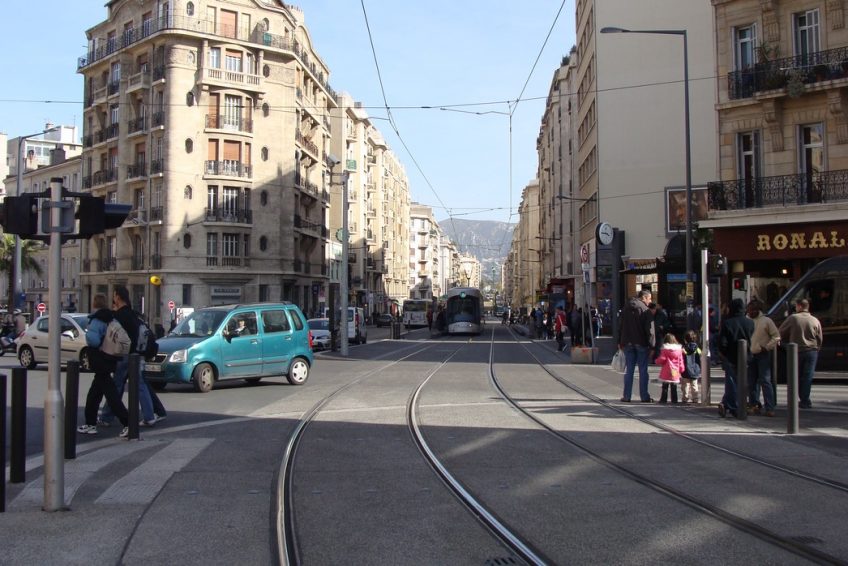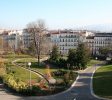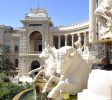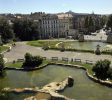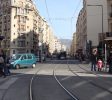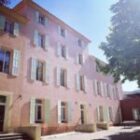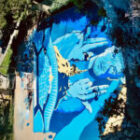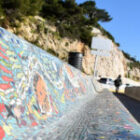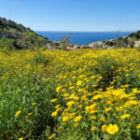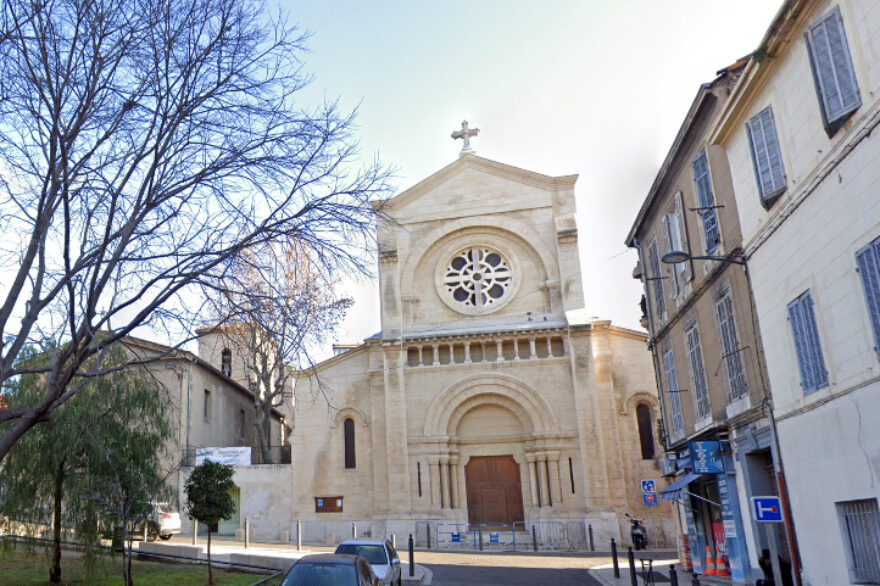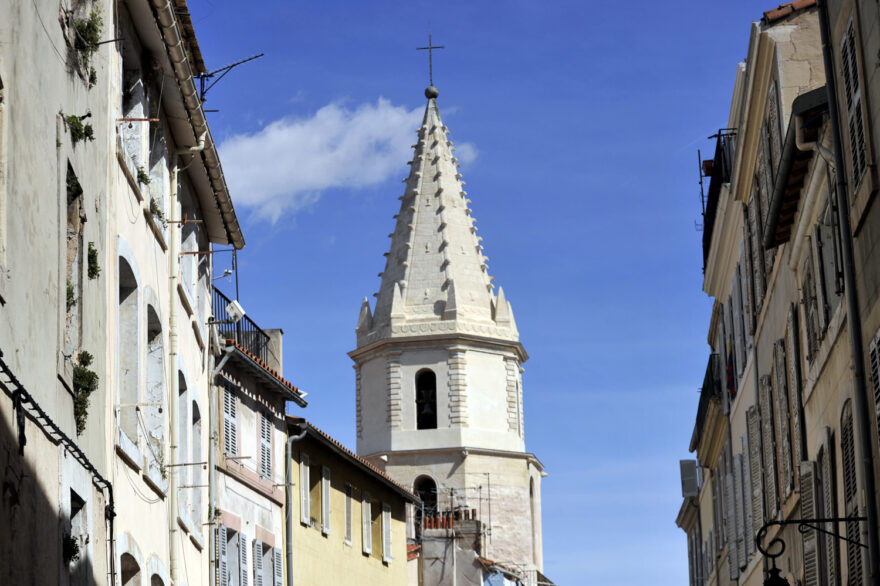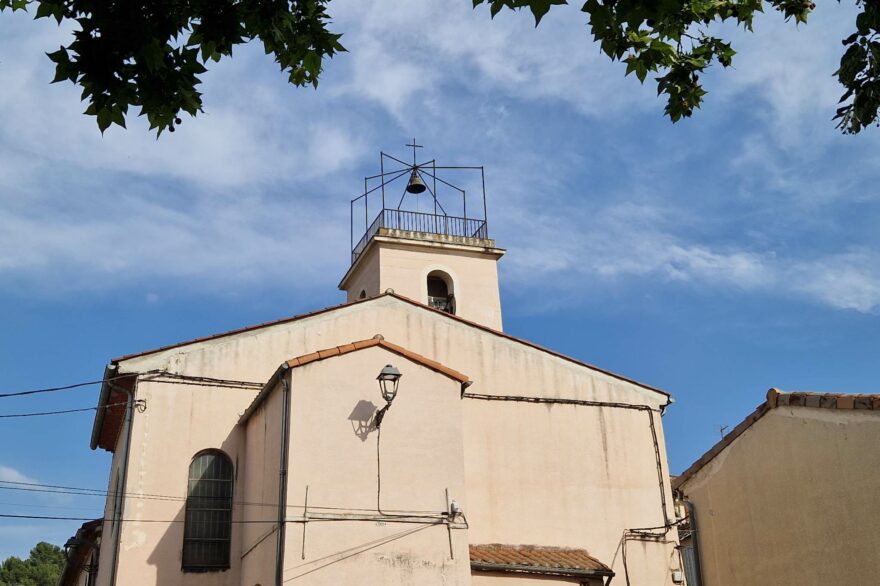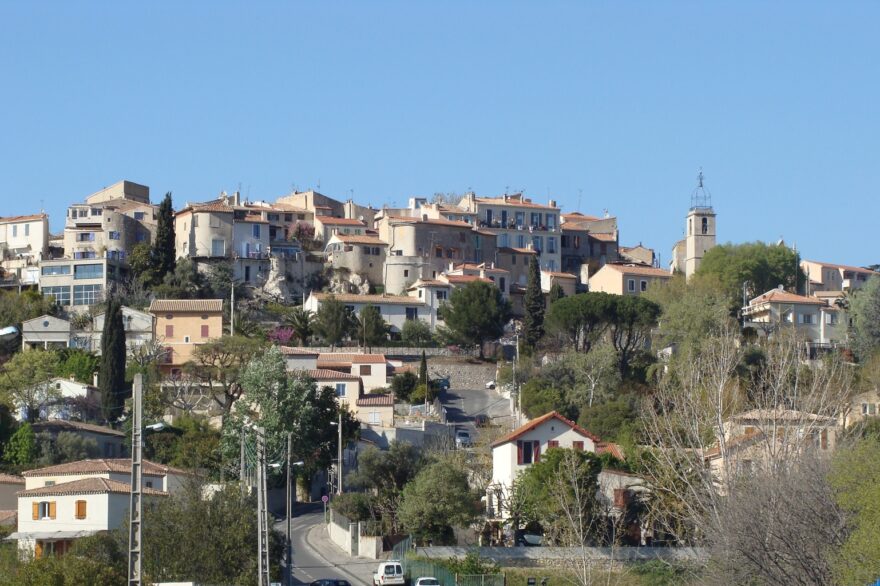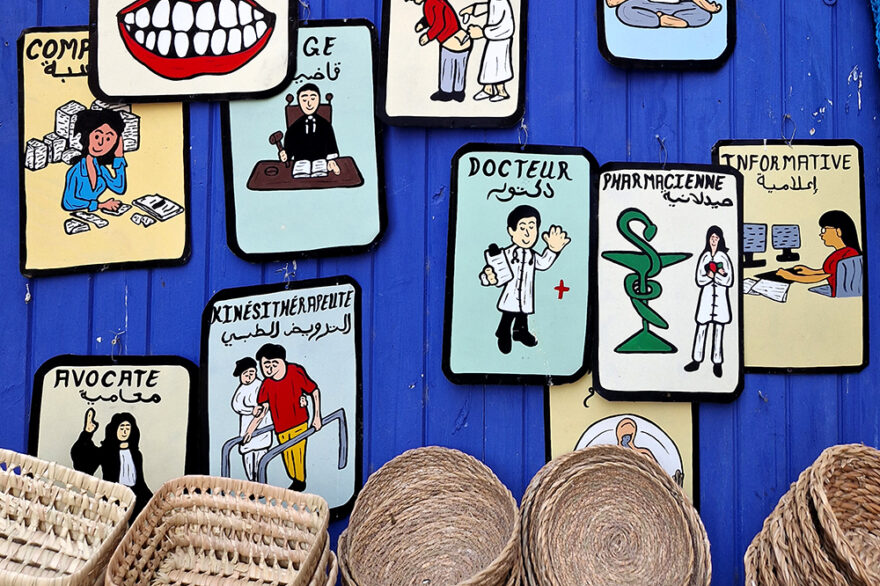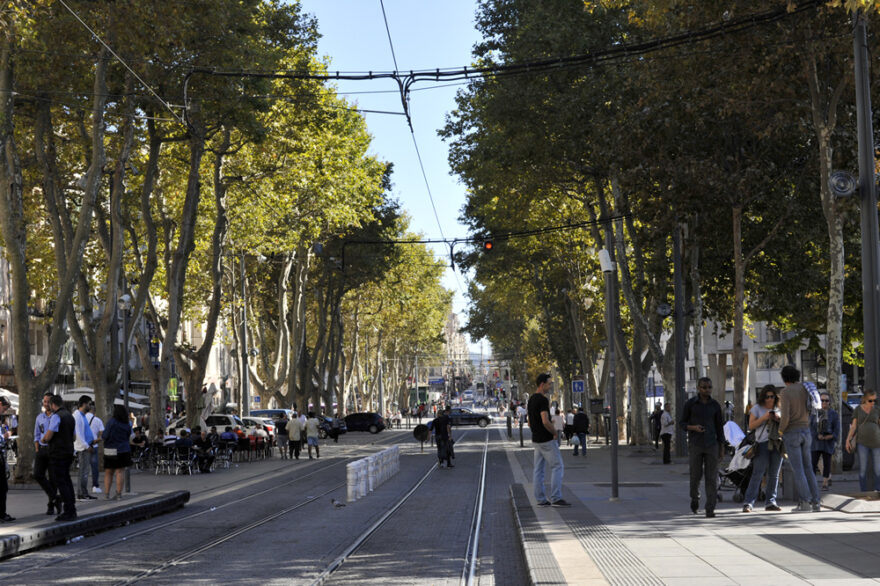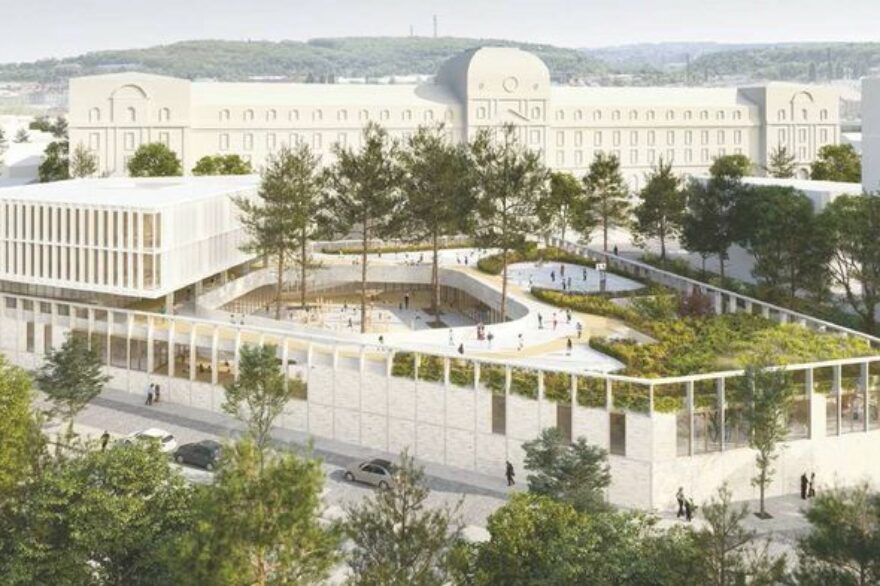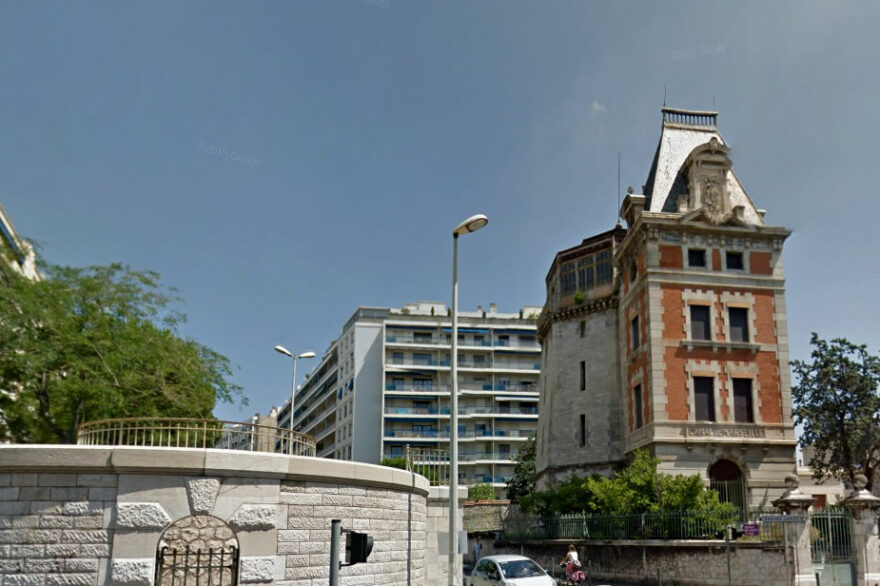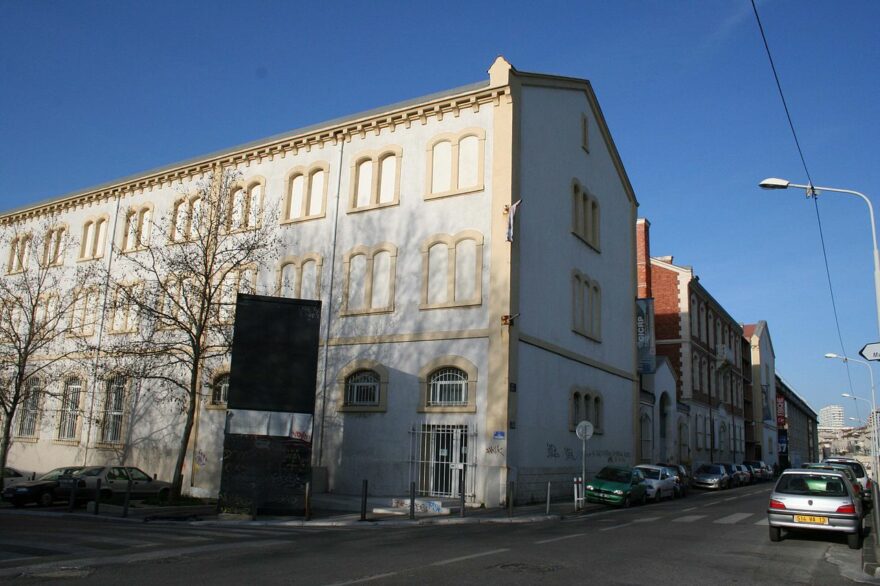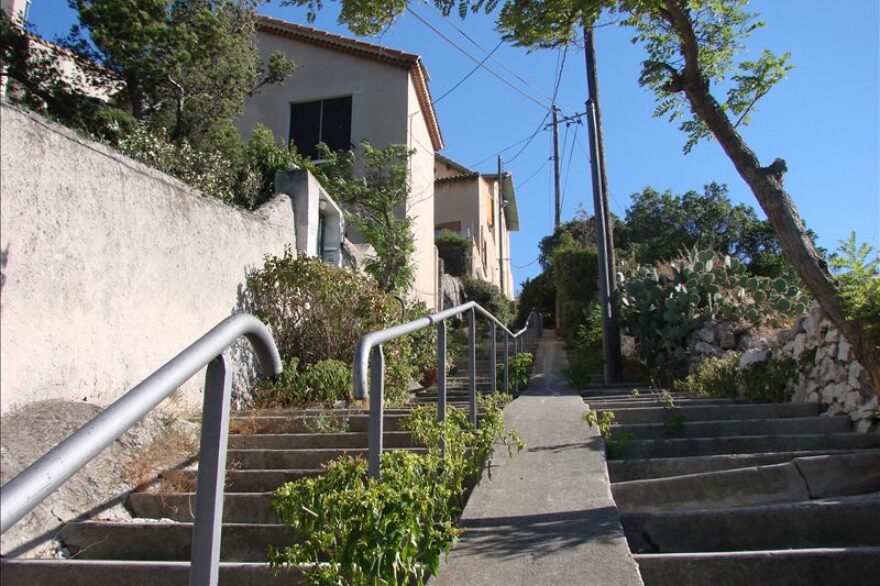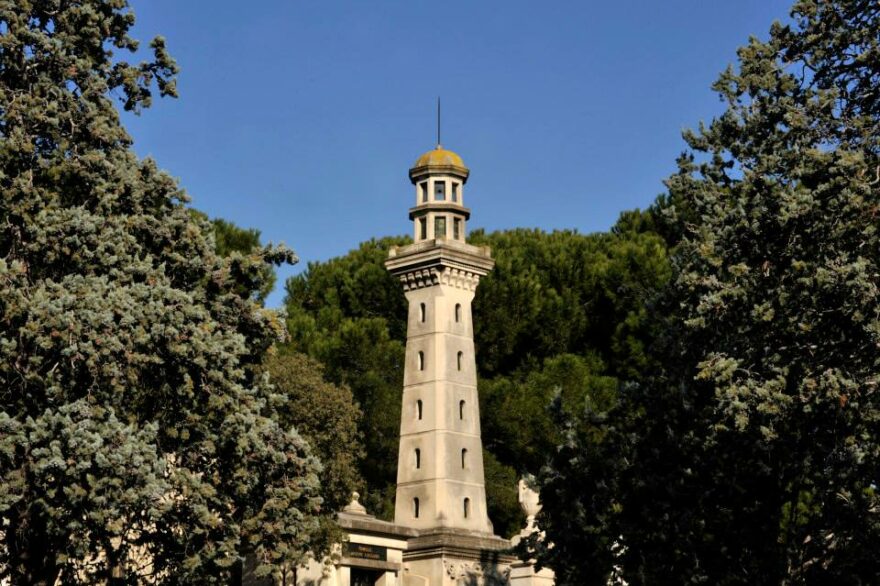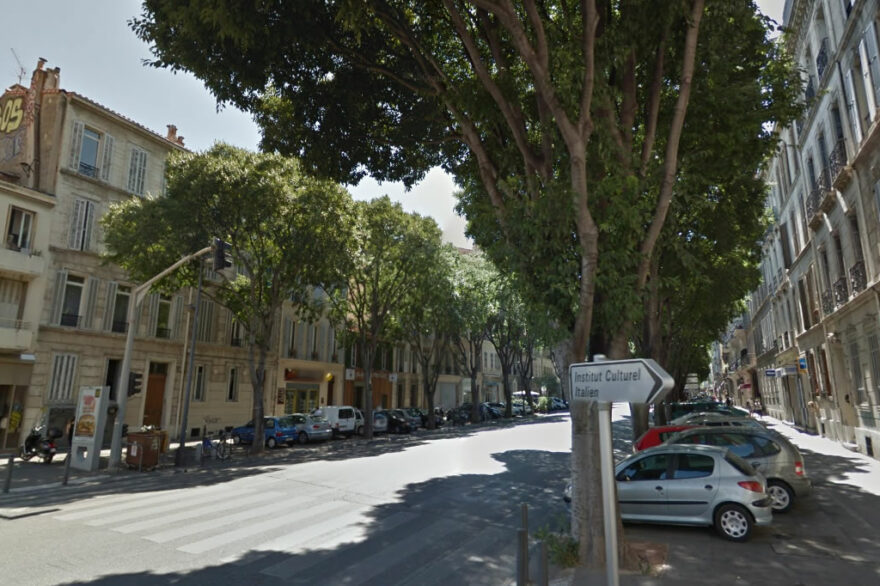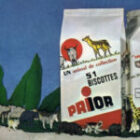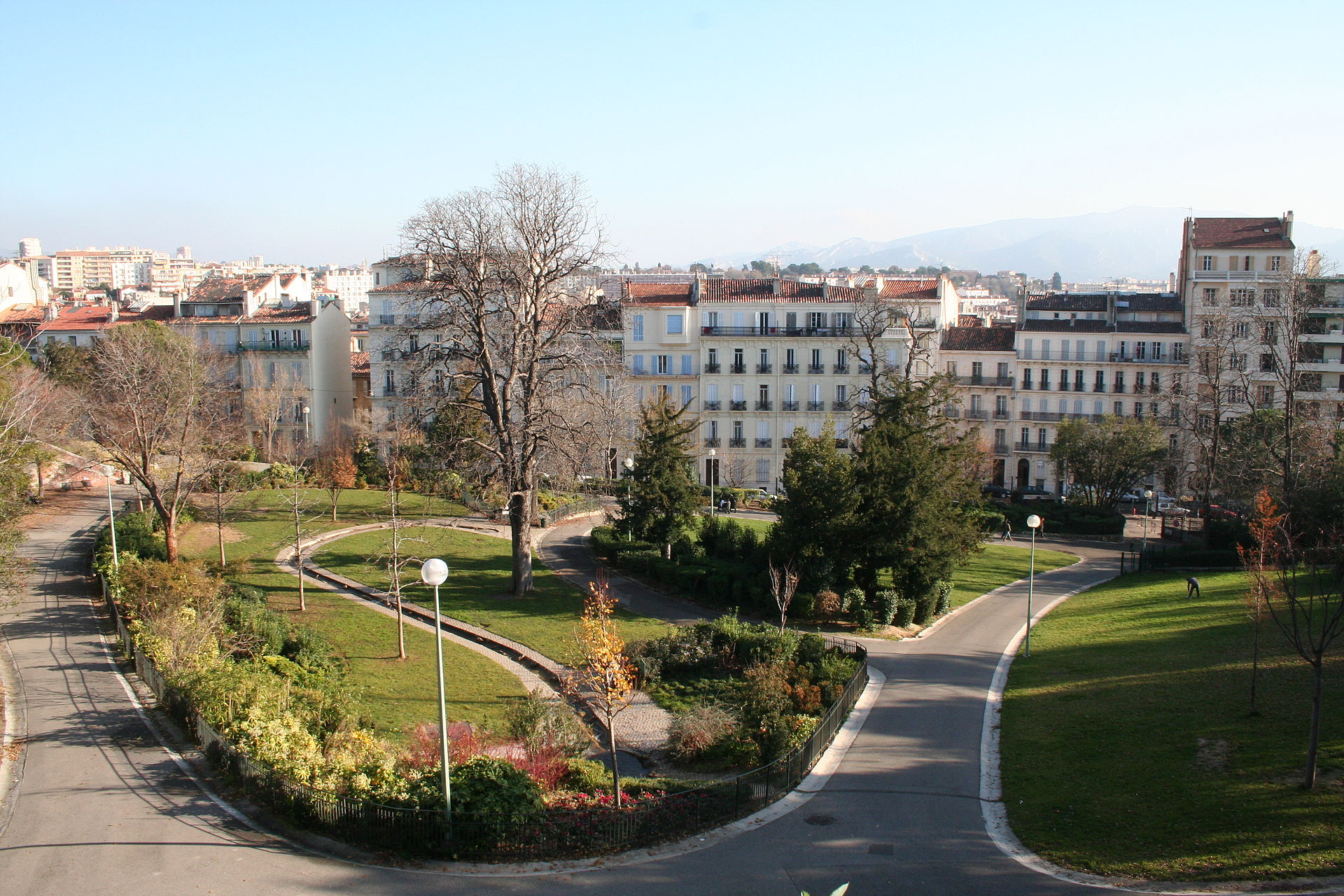
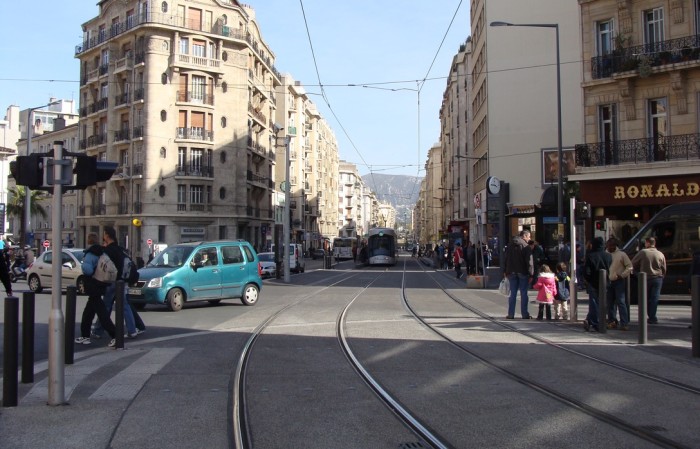 The district adjoins to the east by the Jarret and the Blancarde district, to the north the districts kicks-lavie and Chartreux, to the south by Camas and to the west, adjoining the 1st arrondissement, the Saint-Charles and Chapitre districts.
The district adjoins to the east by the Jarret and the Blancarde district, to the north the districts kicks-lavie and Chartreux, to the south by Camas and to the west, adjoining the 1st arrondissement, the Saint-Charles and Chapitre districts.
The Longchamp plateau occupies a large part of this district. He brought him his development at the same time as a green space of first importance with the Jardin des Plantes and Zoological Garden.
To the five avenues of the district, it is possible to add the boulevard du Jardin-Zoologique and a few meters away, rue Jussieu, rue Fondère, rue de Provence, rue Marx-Dormoy.
History
The important crossroads commands the entrance to the city center and the traffic there is such that as early as 1964, an underground passage directly linked the avenue du Maréchal-Foch and the boulevard Philippon, that is to say the boulevard Longchamp. This underground passage was blocked during the construction of line 2 of the Marseille tramway.
The history of the district can also be read from the street signs. The place Sevastopol (1863) evokes the Second Empire, a period of great development in Marseille and this district.
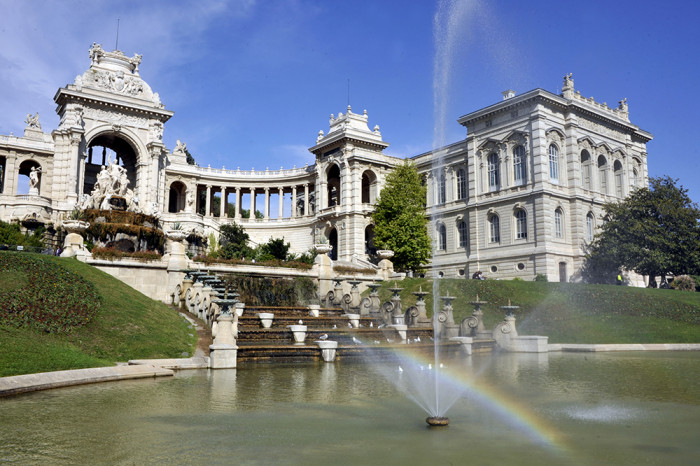 Avenue du Maréchal Foch recalls the end of the Great War with Clemenceau and Fayolle. Boulevard du Jardin-Zoologique, rue du Jardin-des-Plantes, rue Jussieu, rue Linné, Buffon and Montbard evoke the former botanical gardens occupied by the coming of the railway (from Saint-Charles to Blancarde) and relocated to the garden of the Palais Longchamp.
Avenue du Maréchal Foch recalls the end of the Great War with Clemenceau and Fayolle. Boulevard du Jardin-Zoologique, rue du Jardin-des-Plantes, rue Jussieu, rue Linné, Buffon and Montbard evoke the former botanical gardens occupied by the coming of the railway (from Saint-Charles to Blancarde) and relocated to the garden of the Palais Longchamp.
Dumas is present with the street Monte Cristo, that of Abbé-Faria and Edmond-Dantès. The Second World War is recalled by rue des Trois-Frères-Carasso, rue Marx-Dormoy, place Brossolette, rue Louis-Grobet and boulevard de la Liberation.
Father Fissiaux and his penitentiary for young delinquents is always mentioned. Rue Raspail evokes both the botanist, politics and the Second Republic of 1848.
Many streets evoke the bastides of the name of their owners (Granoux, George, Roussel-Doria, Blancarde and Juramy).
Finally, Alphonse Fondère is commemorated by a street that reminds us of his balloon departure from the St. Michael's Square (place Jean-Jaurès) in the company of Louis Capazza, November 14, 1886. They reached Corsica, carrying out the first crossing at sea with such a machine.
SOURCES Wikipedia
PHOTOS Dominique Milherou Tourism-Marseille.com & okki & Fr.Latreille

